If you are looking forward in improving your recordings for the next year; the following are the quick tips for beginners and novices in home recording, mixing and mastering. For easy reference, they are categorized:
Recording or Tracking tips
1.) Make sure your instruments sound good before recording. A bad sounding string etc. can never fix once recorded. Fix them first.
2.) Tune your guitars and instruments before recording.
3.) Rehearse before hitting the record button.
4.) Record with effects applied before recording. This is particularly important on guitars, keyboards and bass.
5.) Limit your peak recording levels somewhere between -18dB to -6dB maximum for more headroom and to avoid clipping.
6.) Use appropriate microphones when recording.
7.) Use condenser microphones for recording vocals.
8.) Use SM58/57 for recording snare and guitar amplifiers.
9.) Do not use an on-board sound card or PCI sound card when recording because they are noisy and not suitable for professional recording. Do use an external USB or Firewire audio interface because they are quiet with low latency.
10.) Record always at 24-bits/48KHz.
11.) Drum recording sounds best in room designed for them to sound great.
12.) Run a pre-production recording before doing any serious mixing. This would let you know whether the song arrangement or sequence sounds great for the song and targeted genre. This is a useful tip for record producers.
13.) Always record in mono if the sound source is a single instrument and one microphone.
14.) Always use preamp when recording instruments. Some audio interface does not have preamps on all of its inputs, so better checked it first before using it.
15.) Always think of a “garbage in and garbage out” analogy in recording. You cannot fix what is badly recorded; record it again until it sounds great.
16.) Room acoustic environment influences the sound of the recording. Test the room first to assess its sound characteristics.
17.) Record vocals as dry as possible without any effects and record them in a dry environment (no reverberation or echoes).
18.) Double your guitars, vocals, etc. by re-recording to make it sound thick.
19.) Use a kick drum tunnel for strong kick drum bass response.
20.) Use appropriate kick drum microphone for capturing bass on it such as Audix D6. In summary, selection of appropriate microphone matters to recording quality.
21.) Do not plug microphones directly into line inputs. Make sure you use the XLR input –output combinations and connect them to audio interface or mixer preamp inputs.
22.) Use a DI box when recording guitars and bass. DI box accepts a high impedance input from the guitar and converts it low impedance all the way to the audio interface preamp inputs. This improves the quality of guitar recording.
23.) Whenever possible use a guitar amplifier when recording distortion guitars.

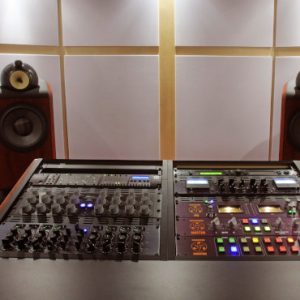
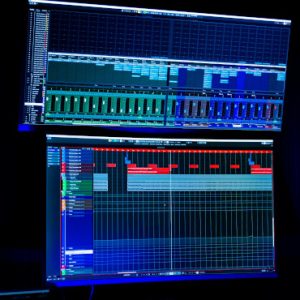

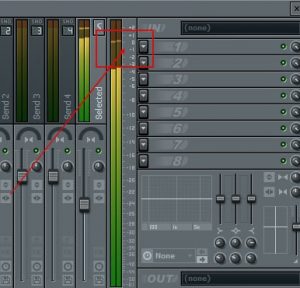
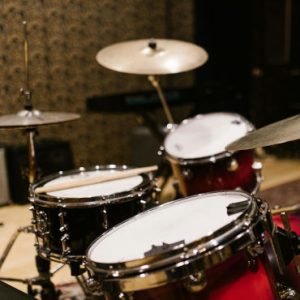
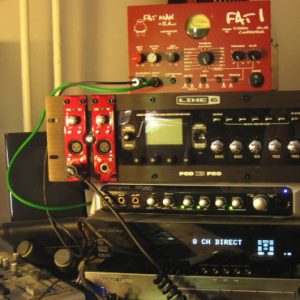
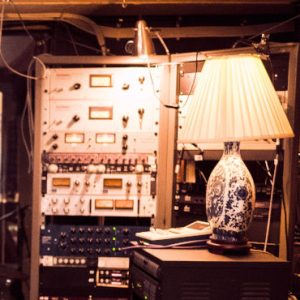

No responses yet